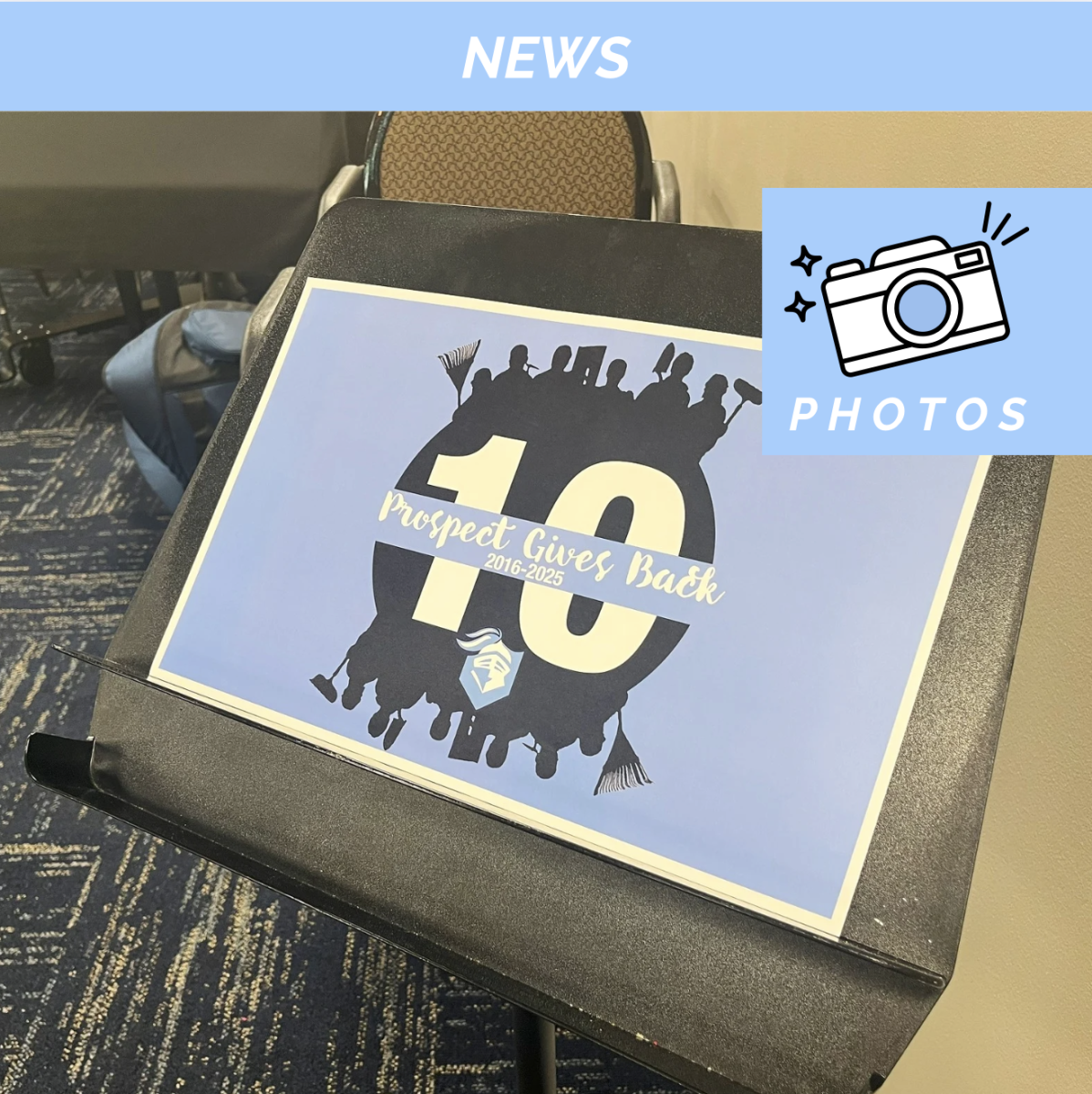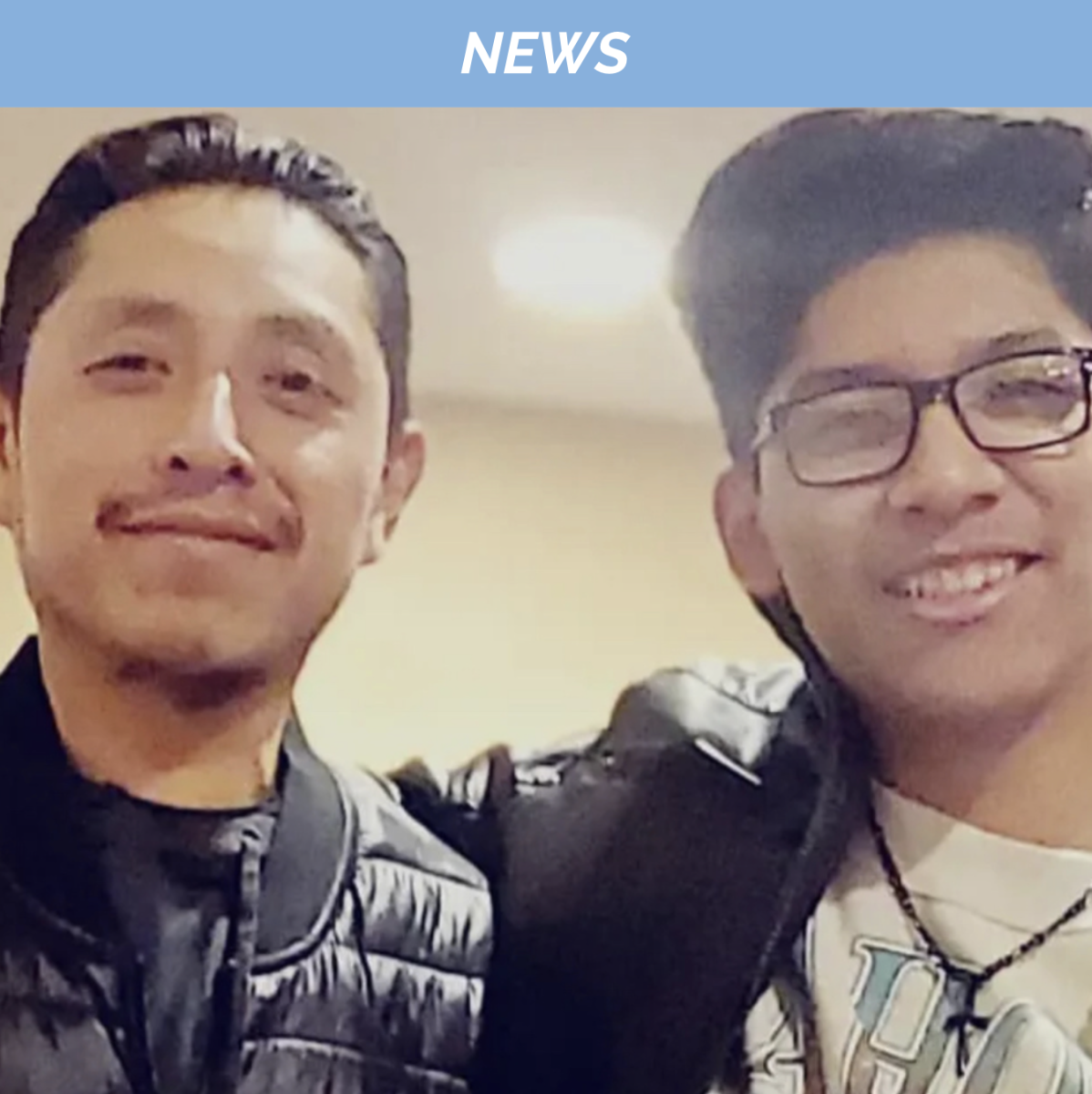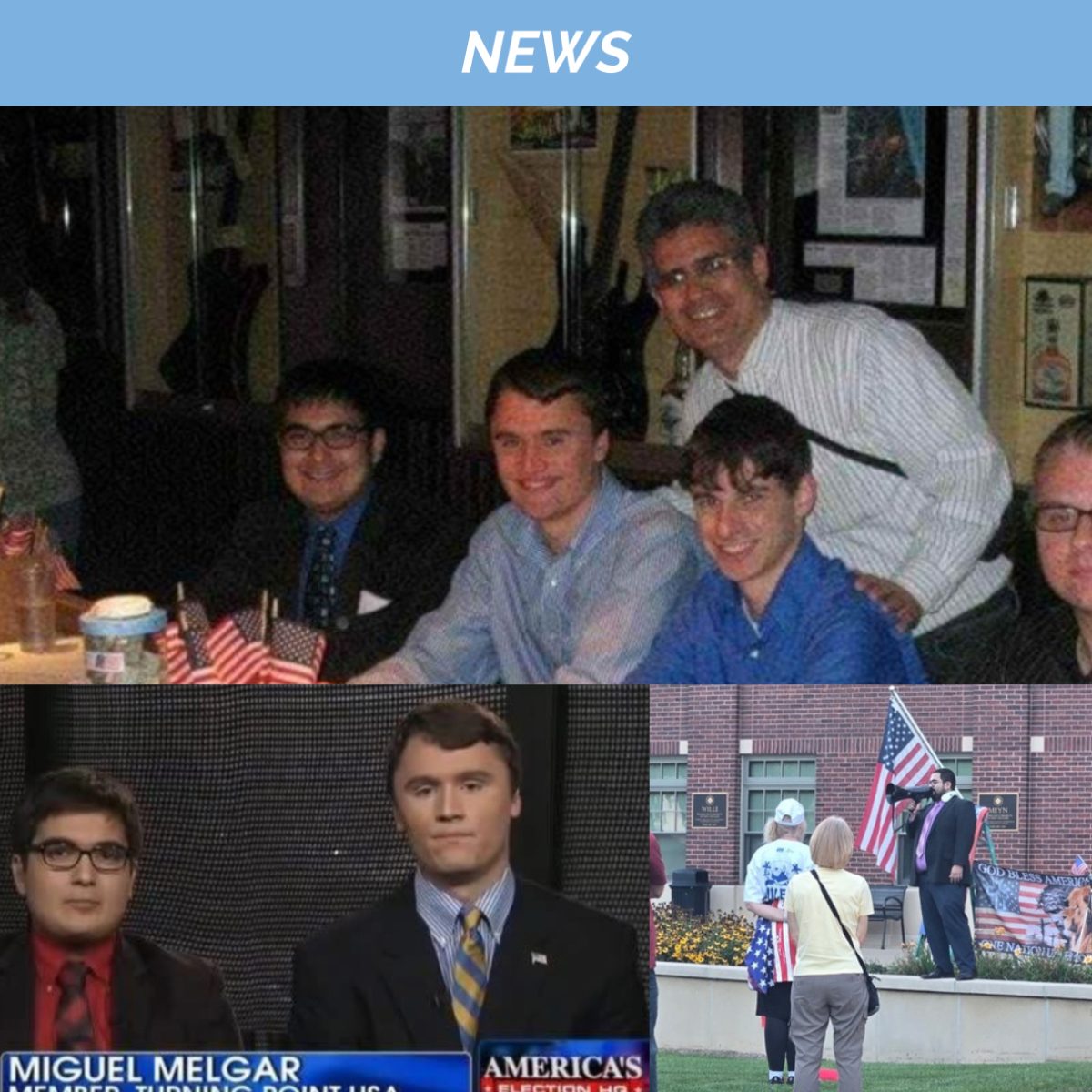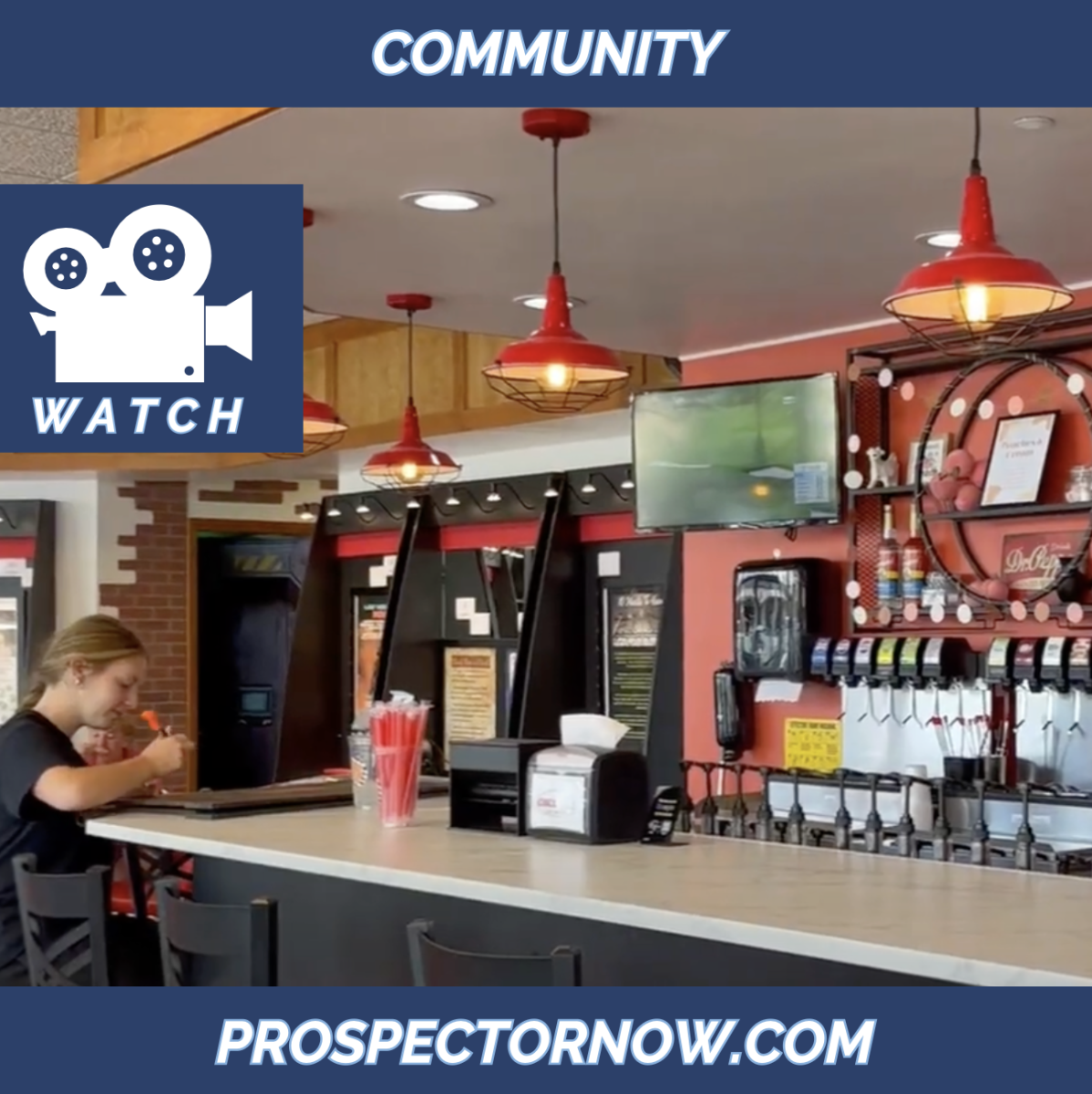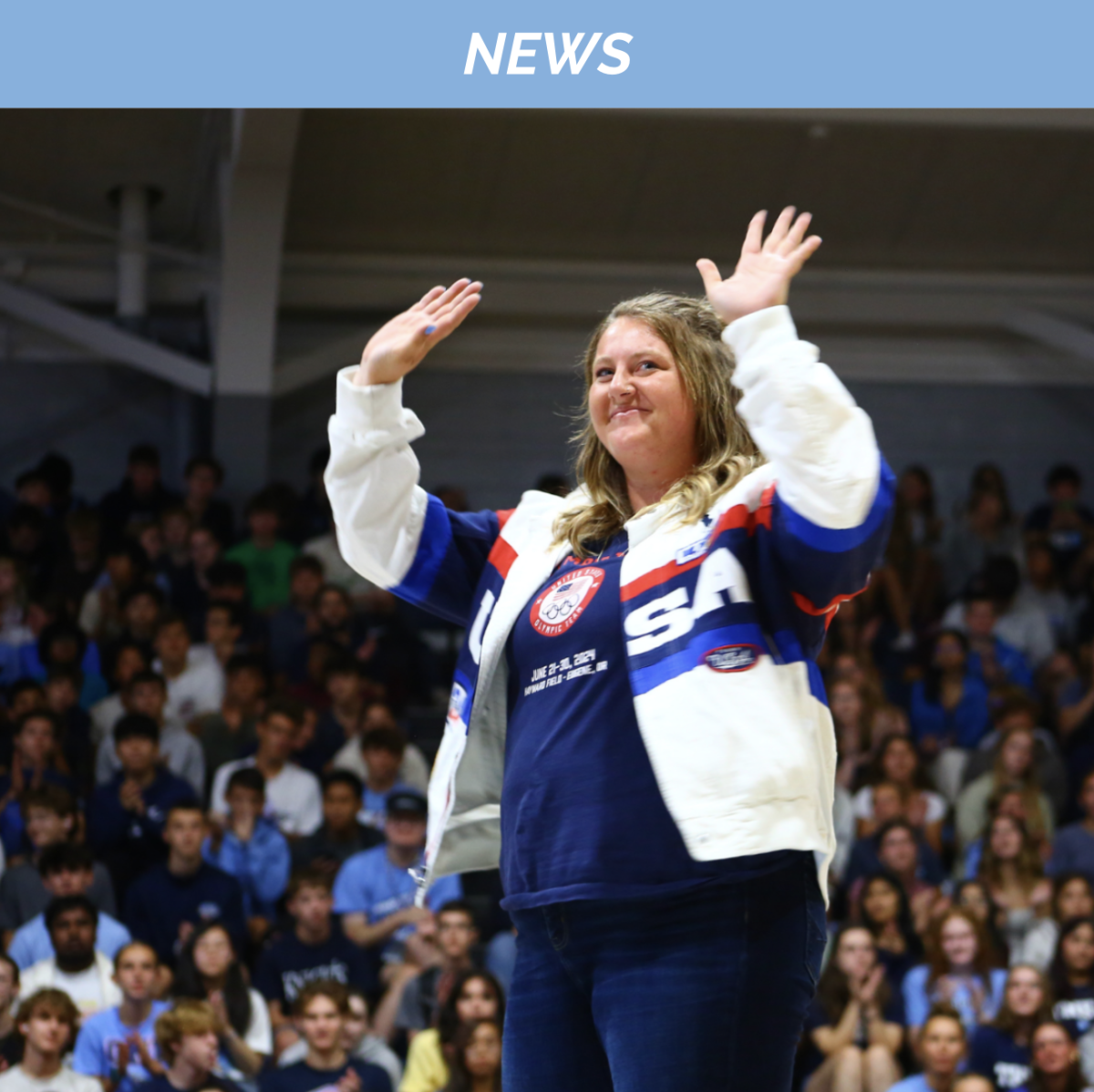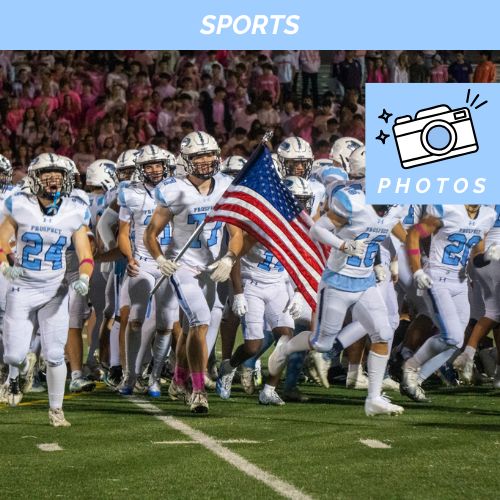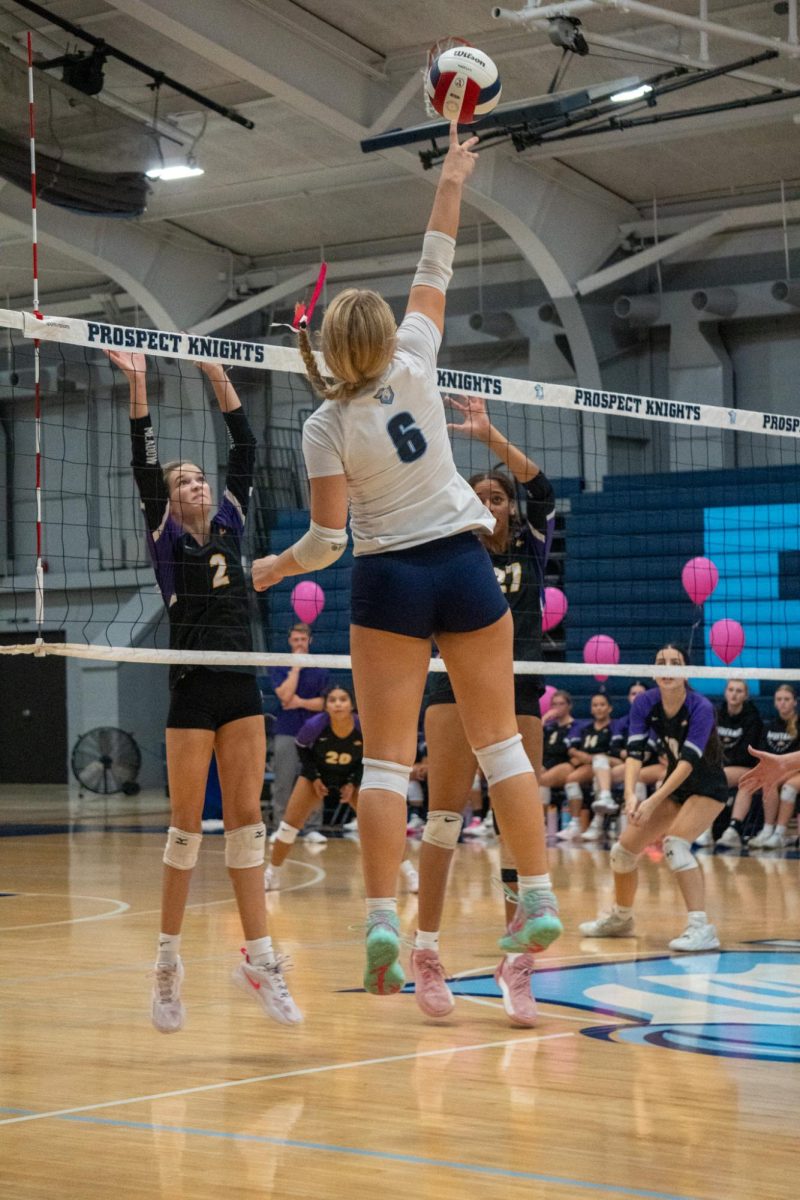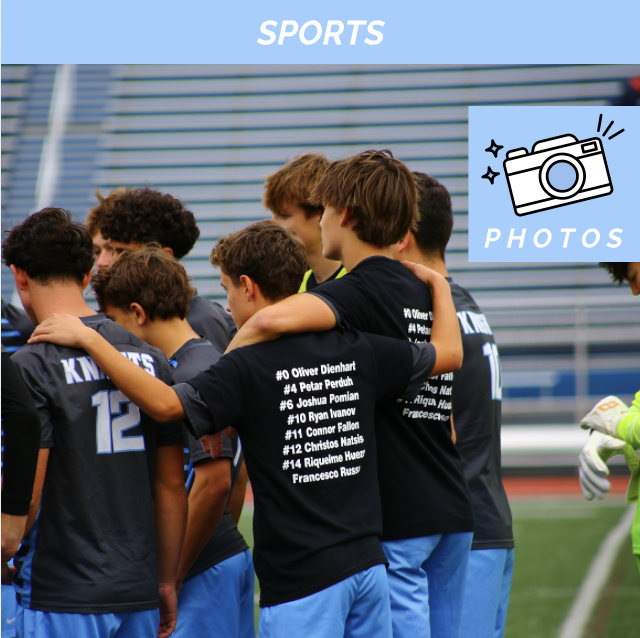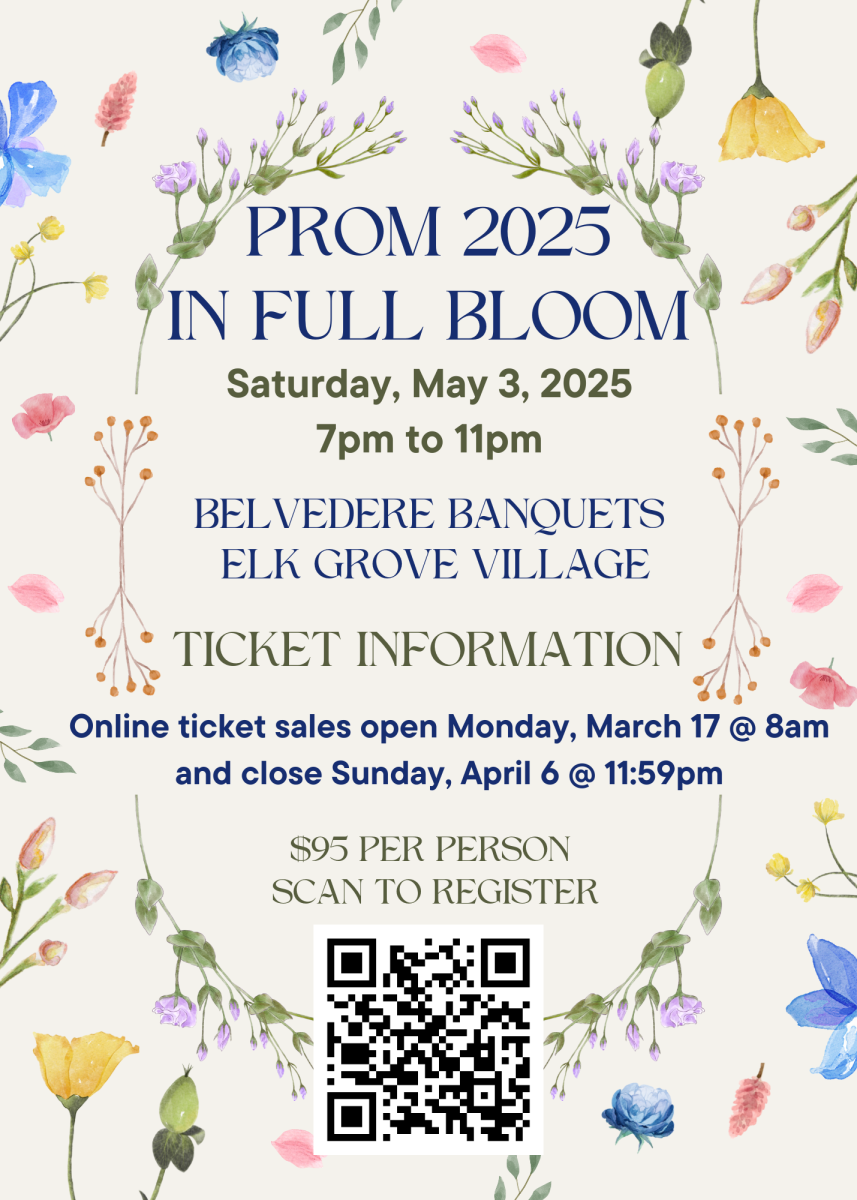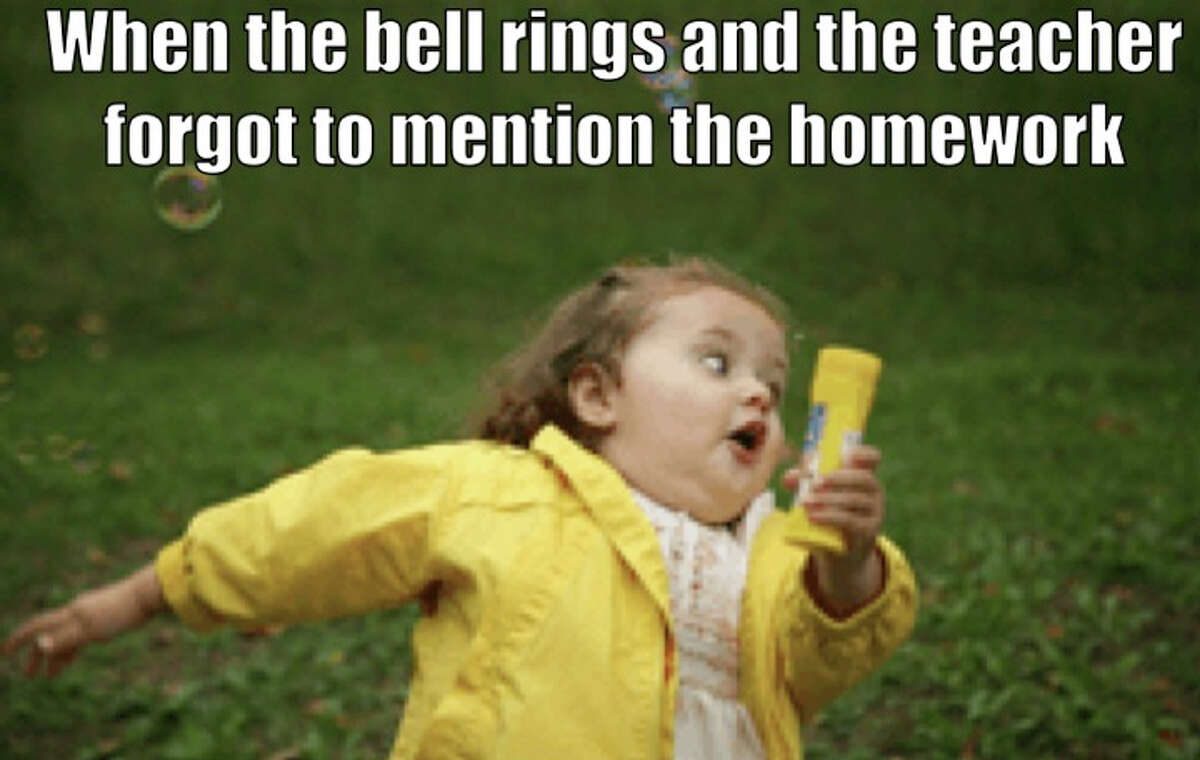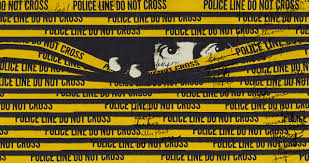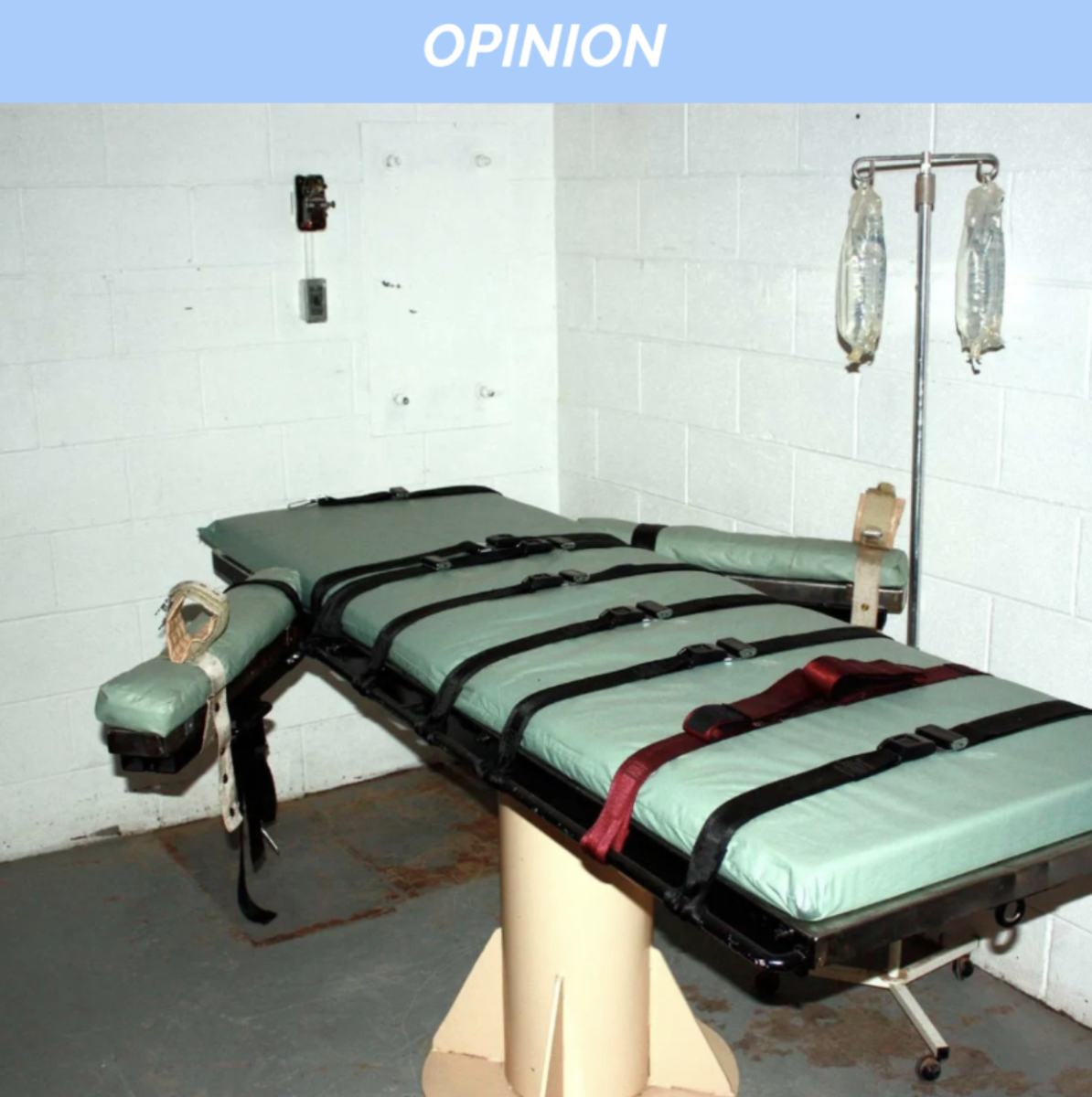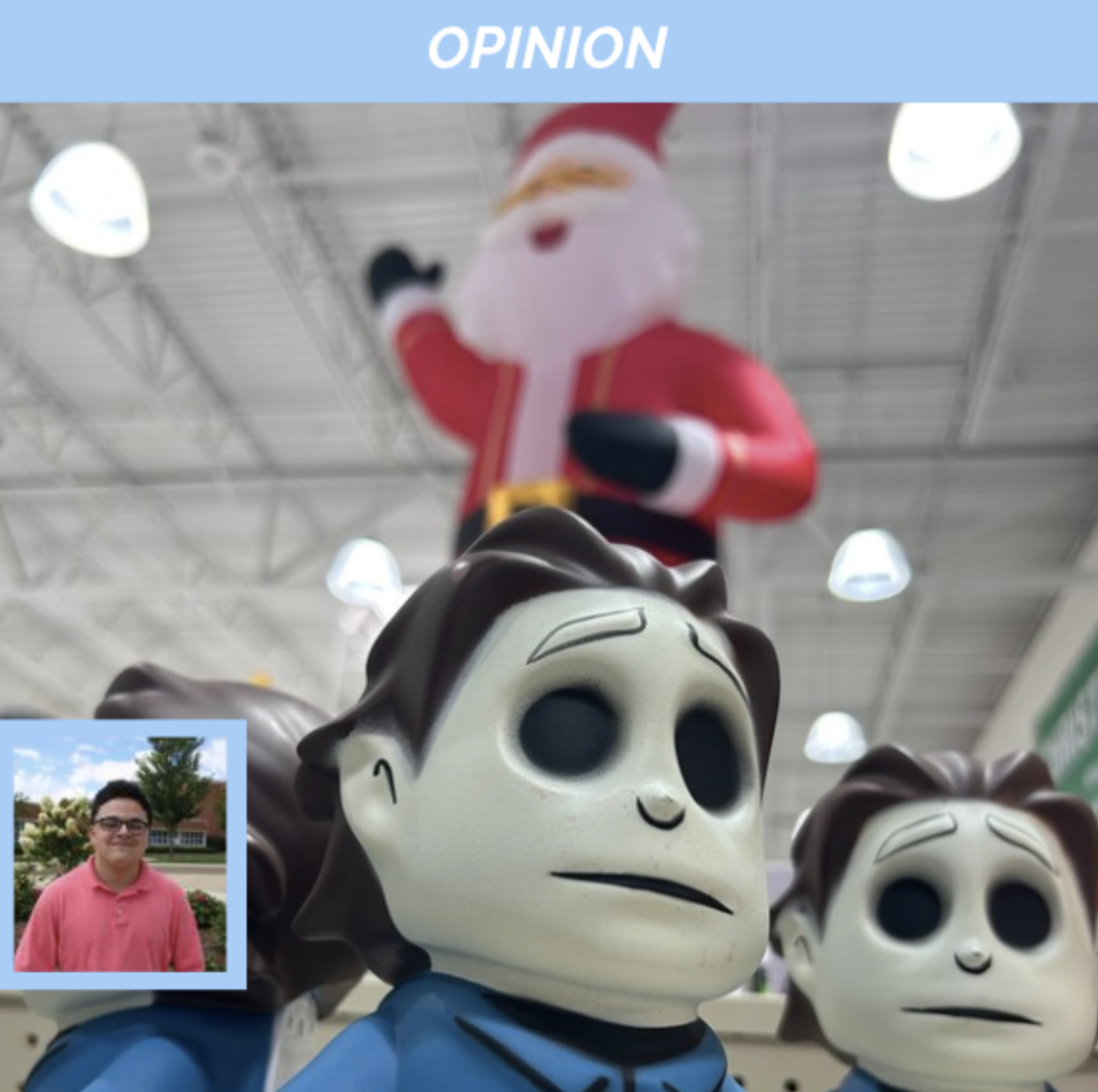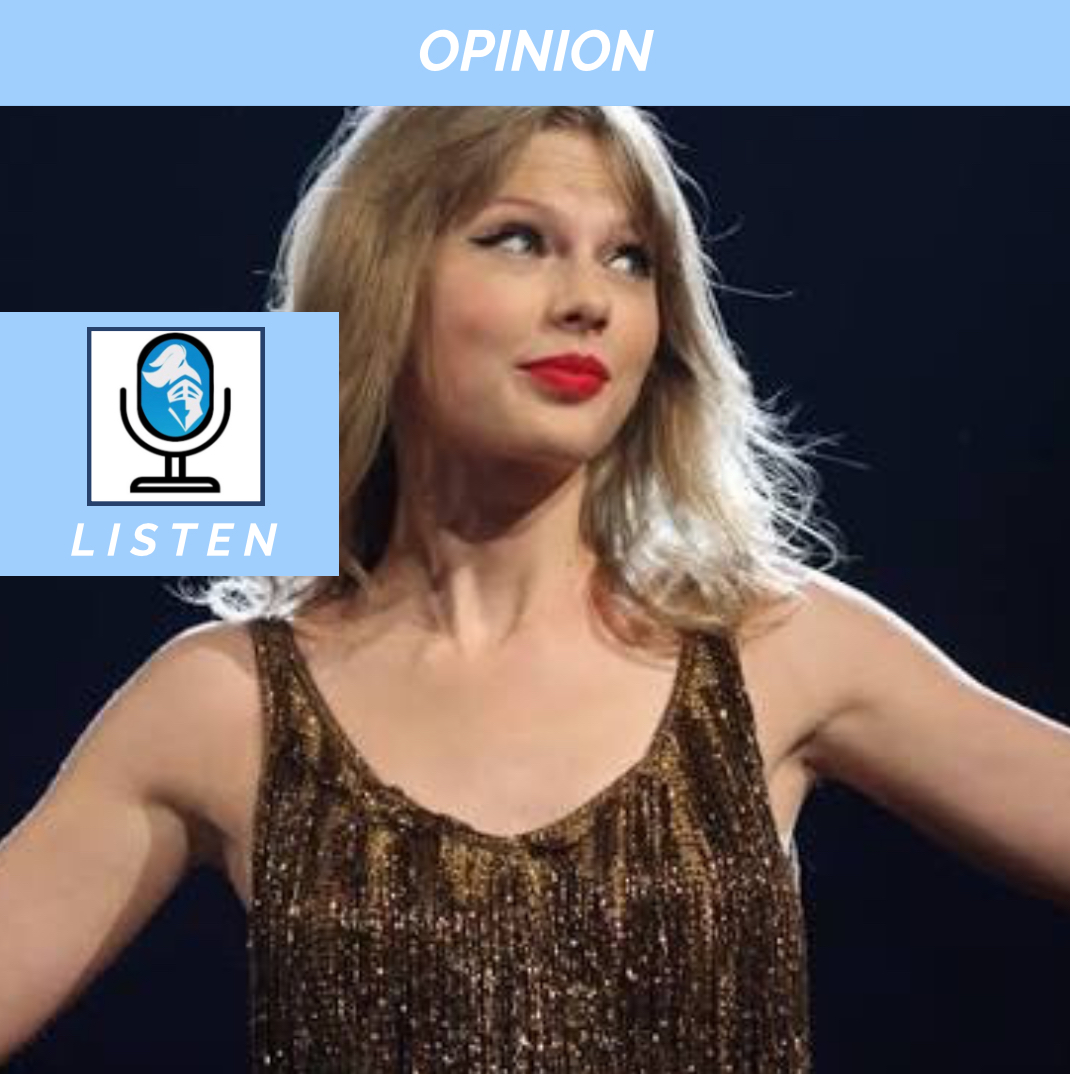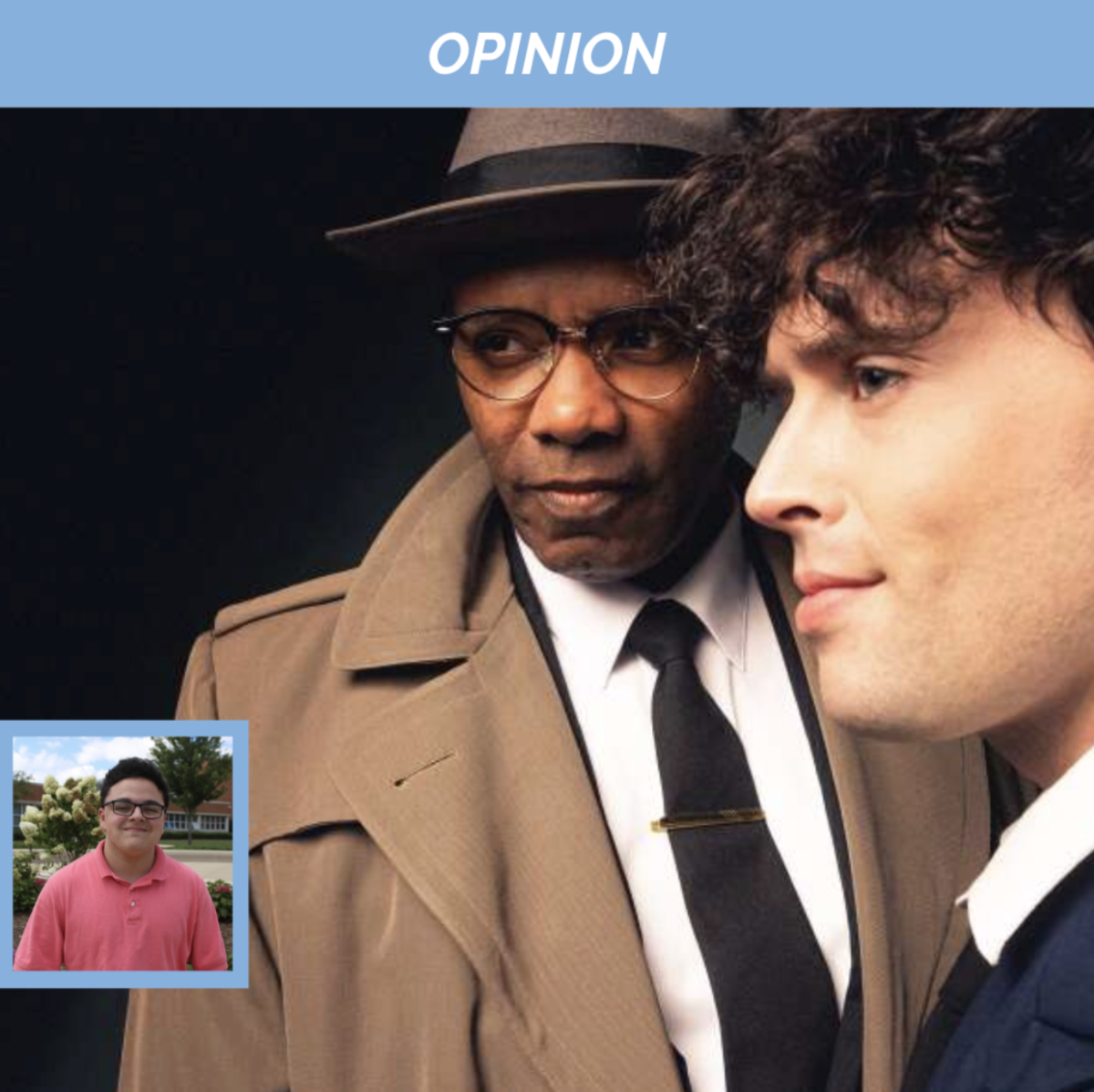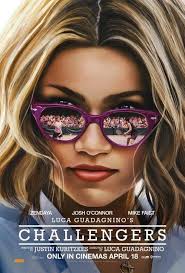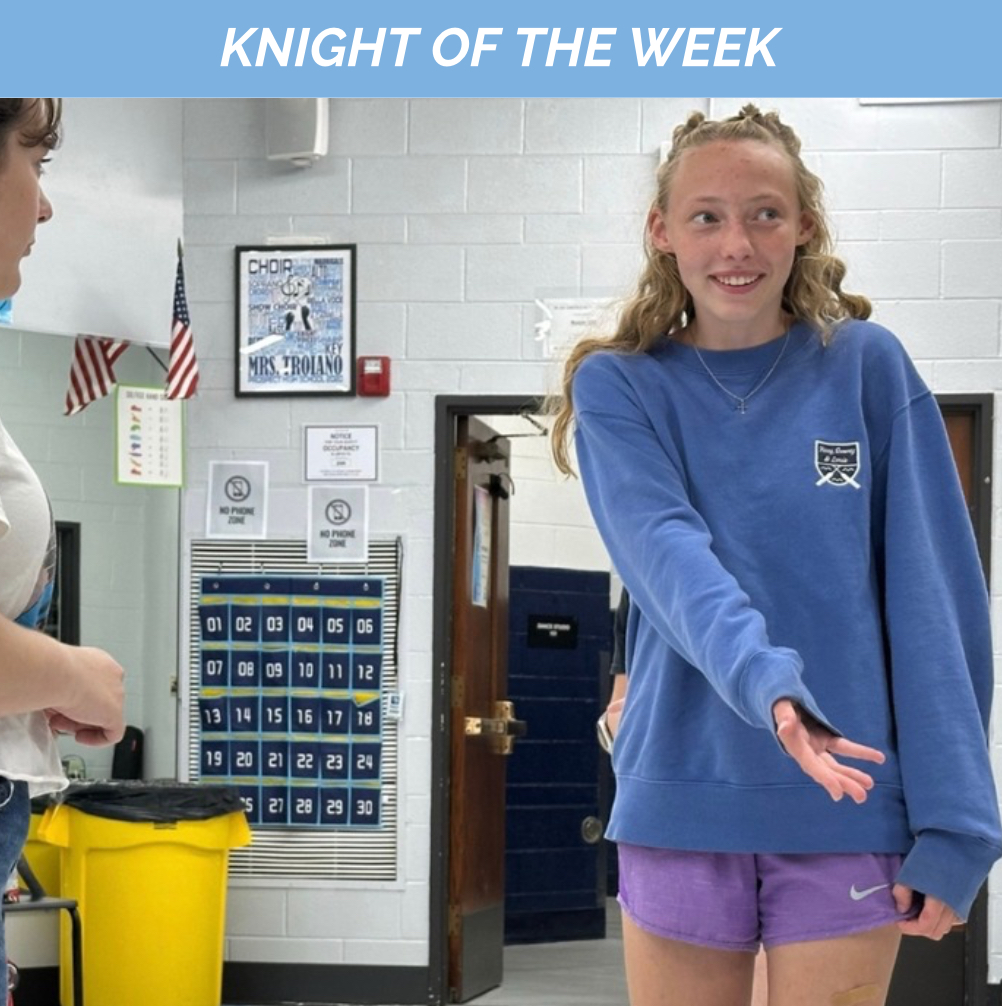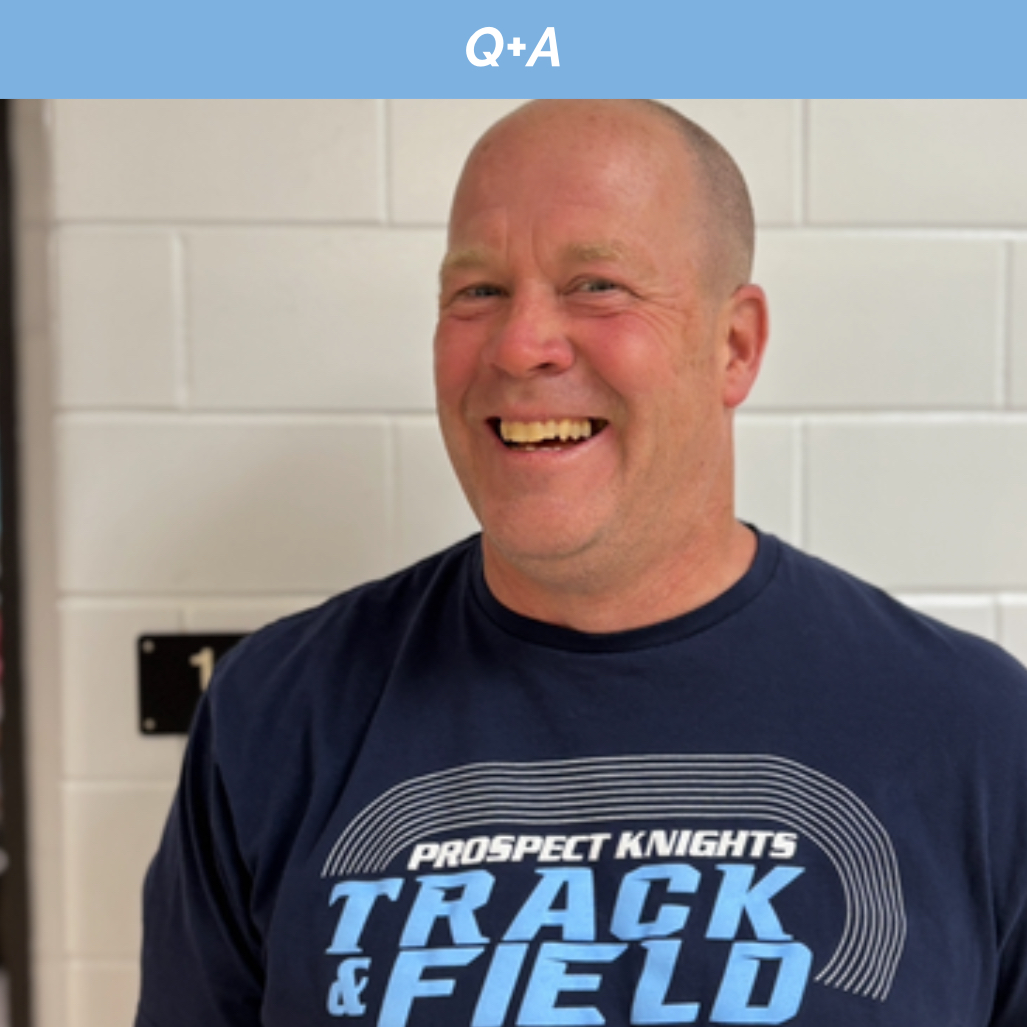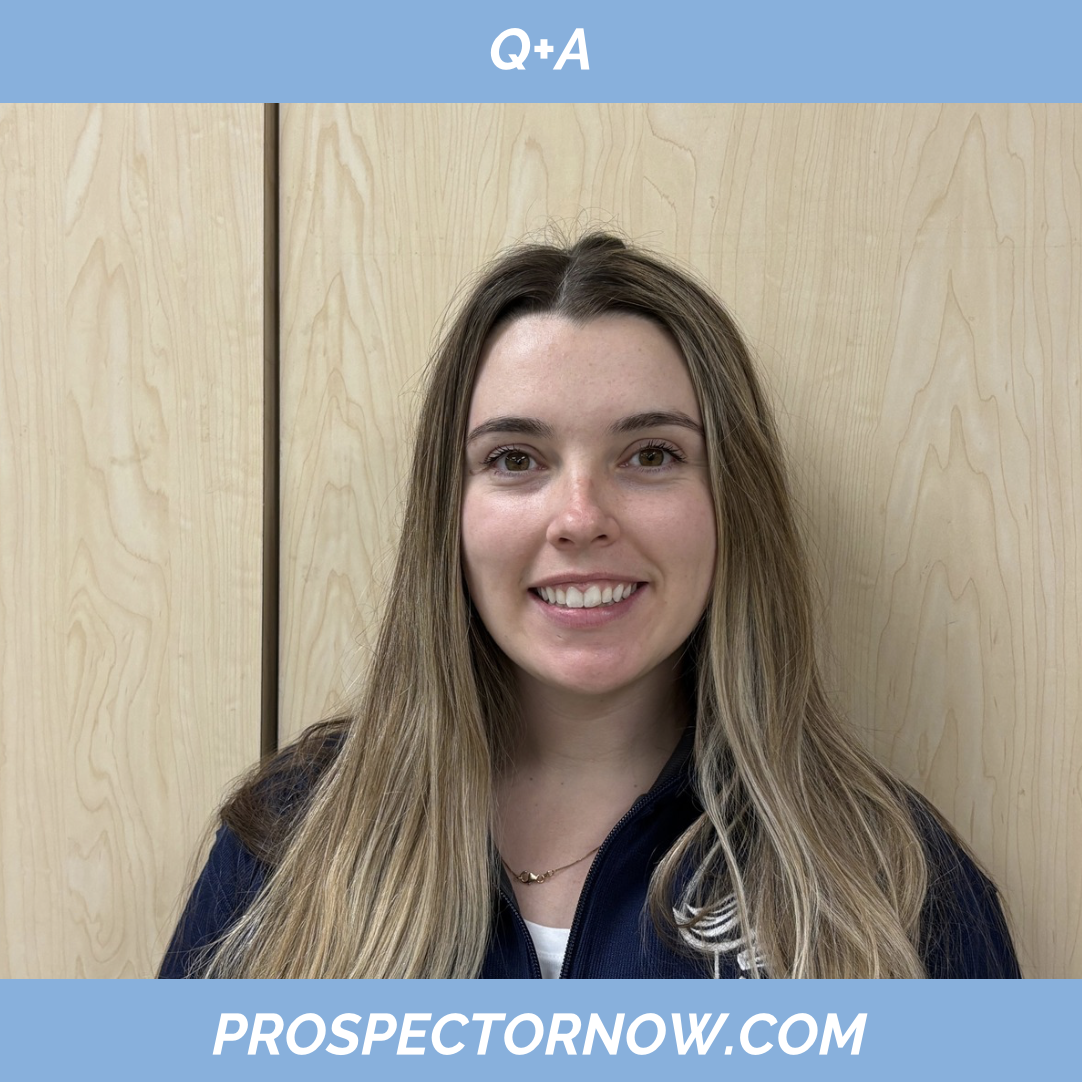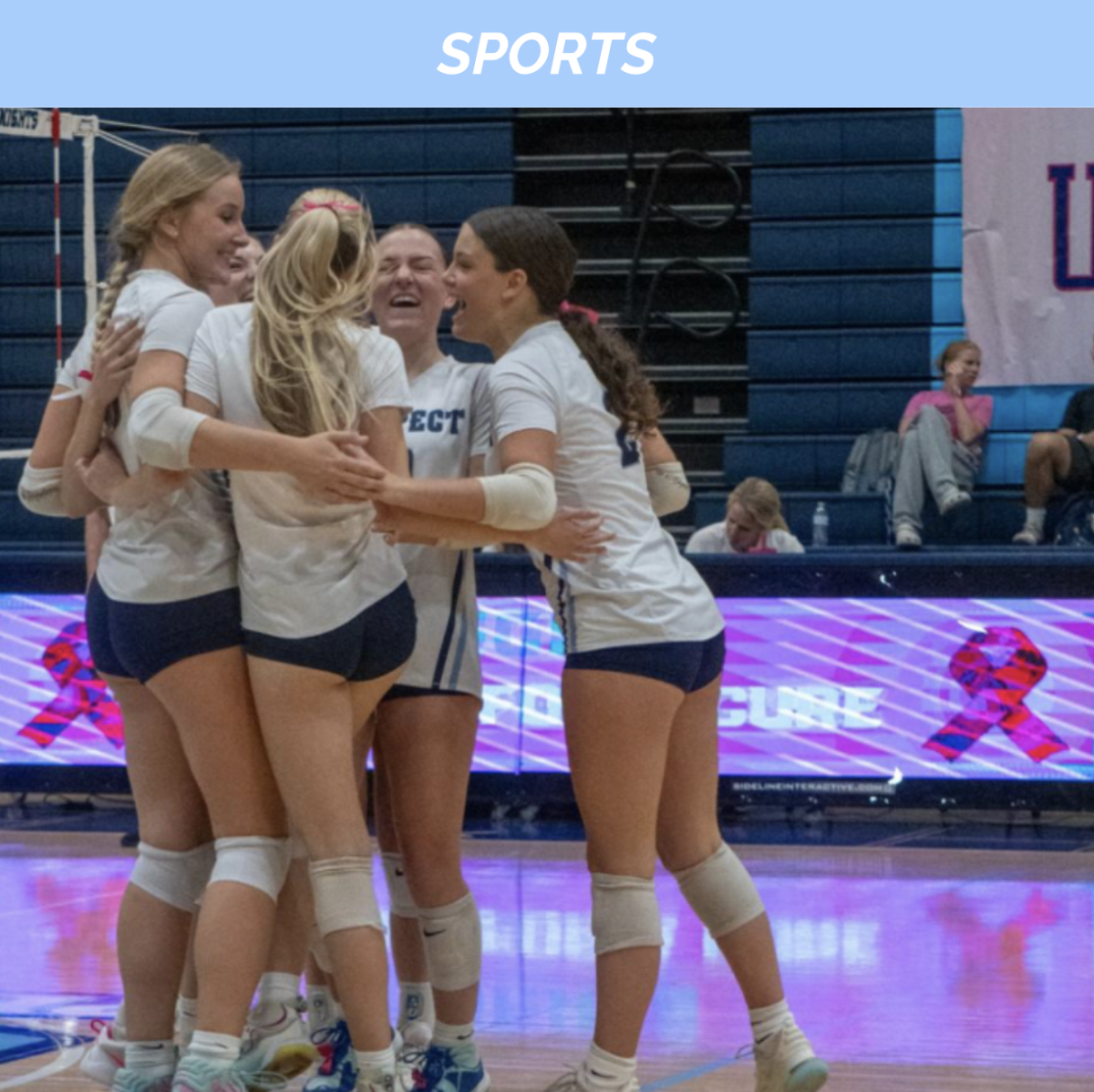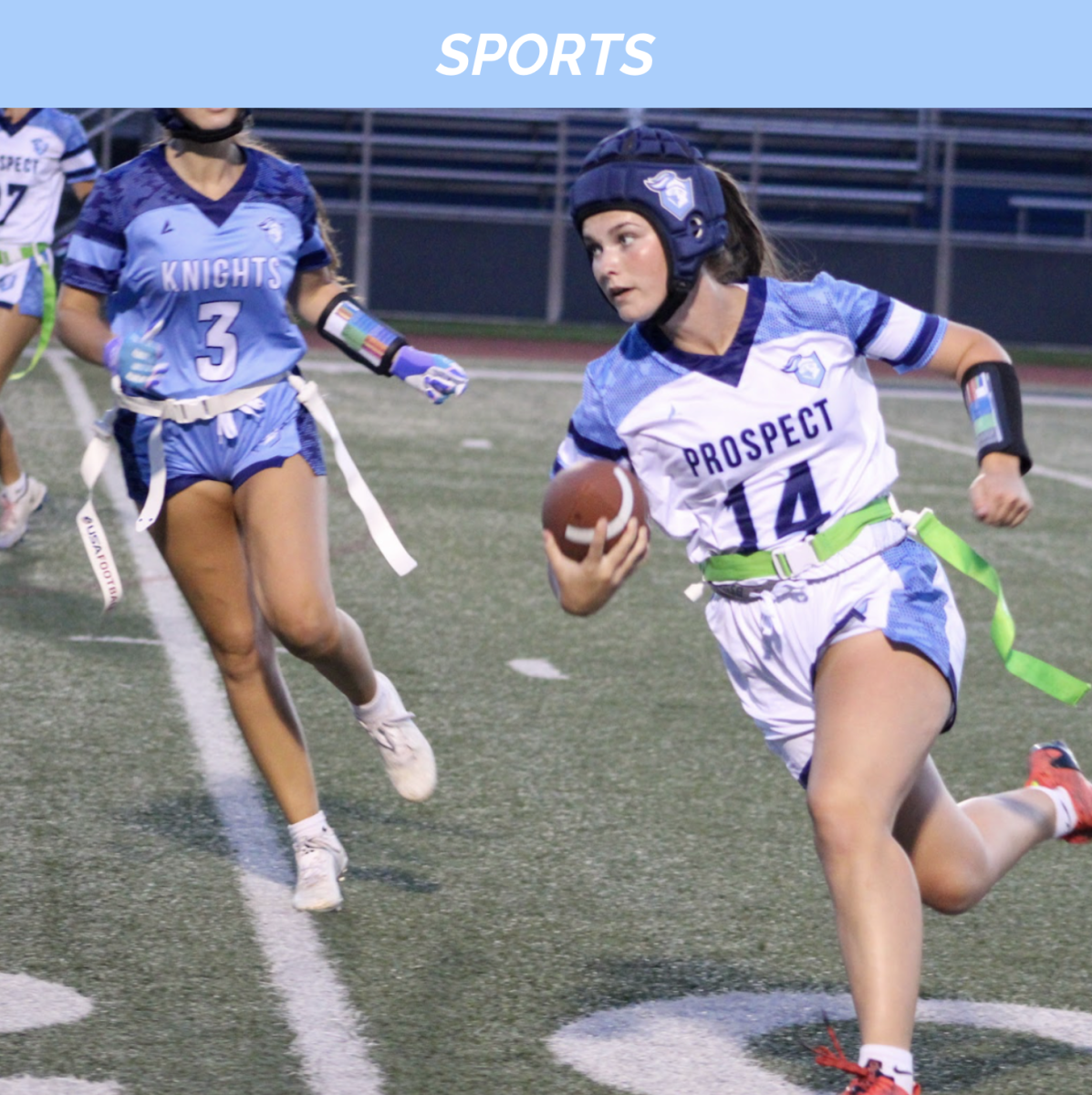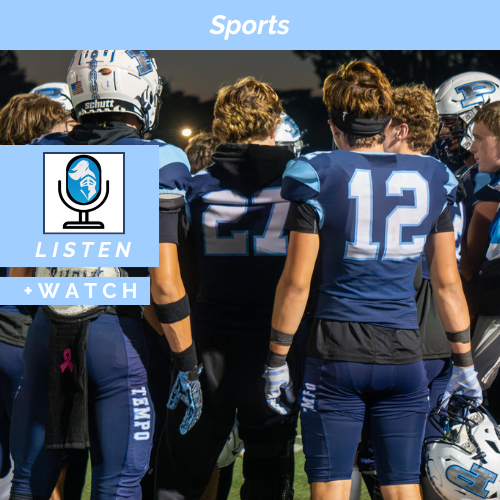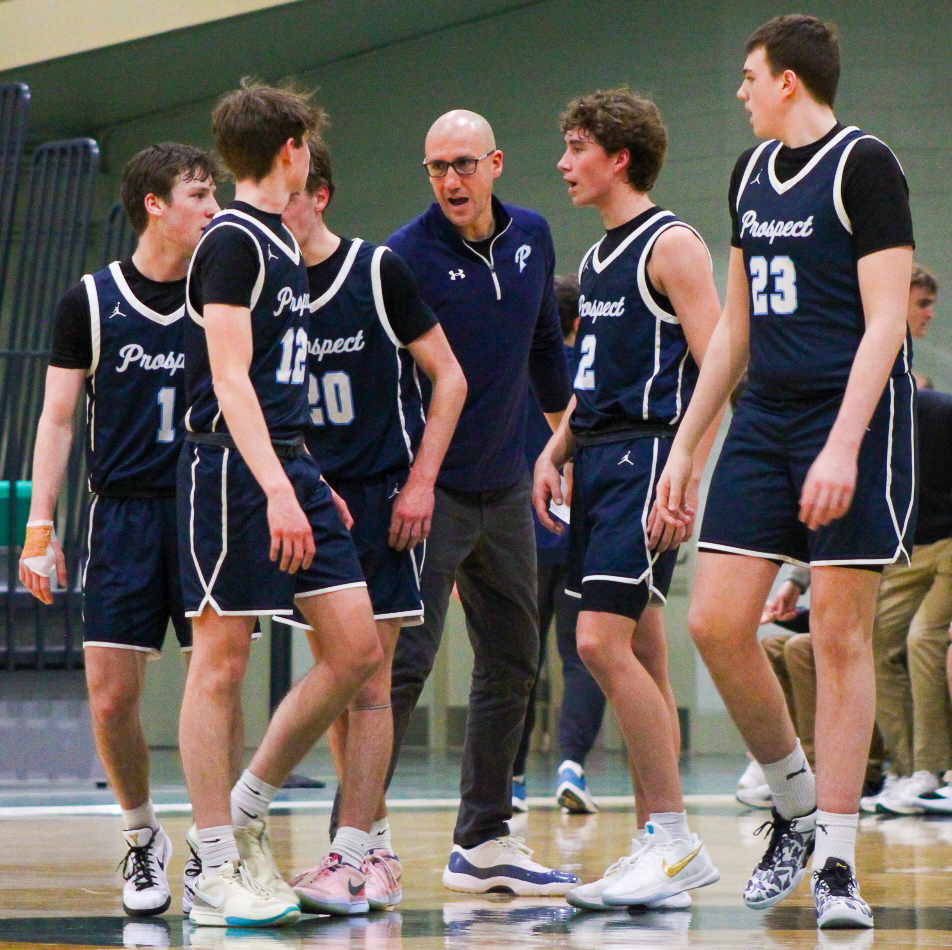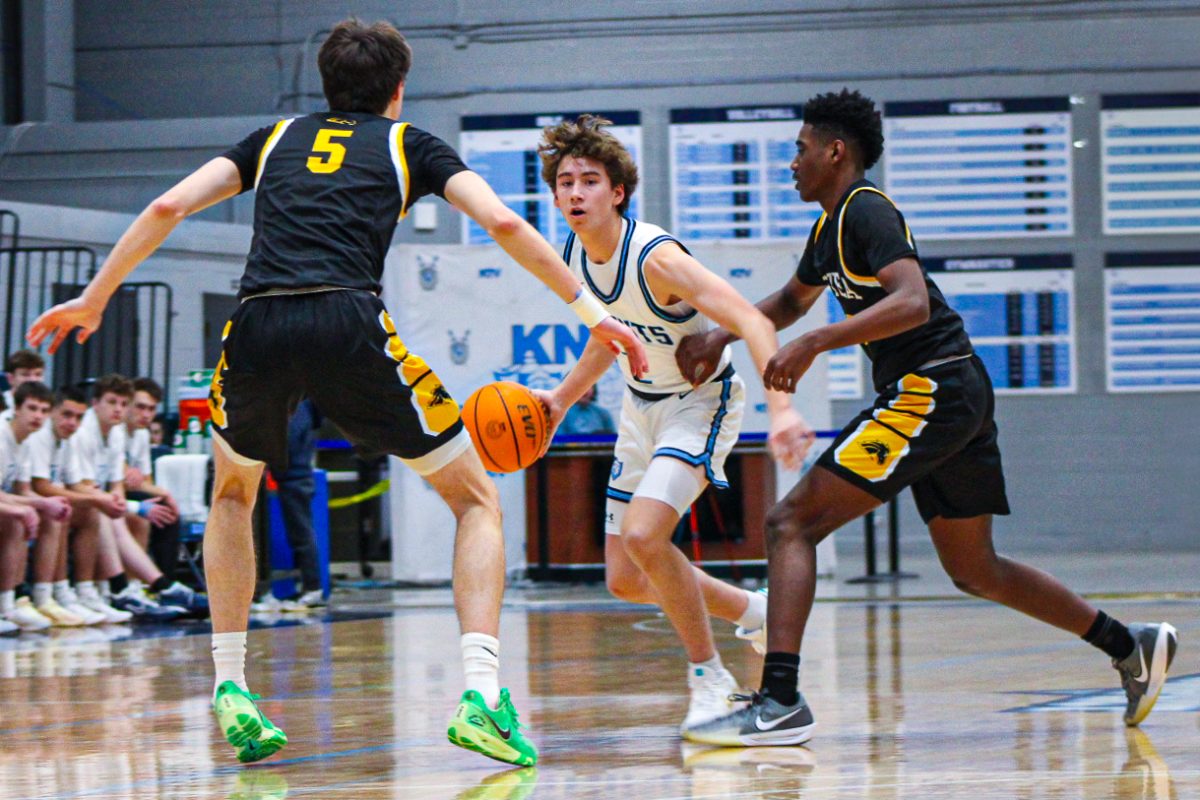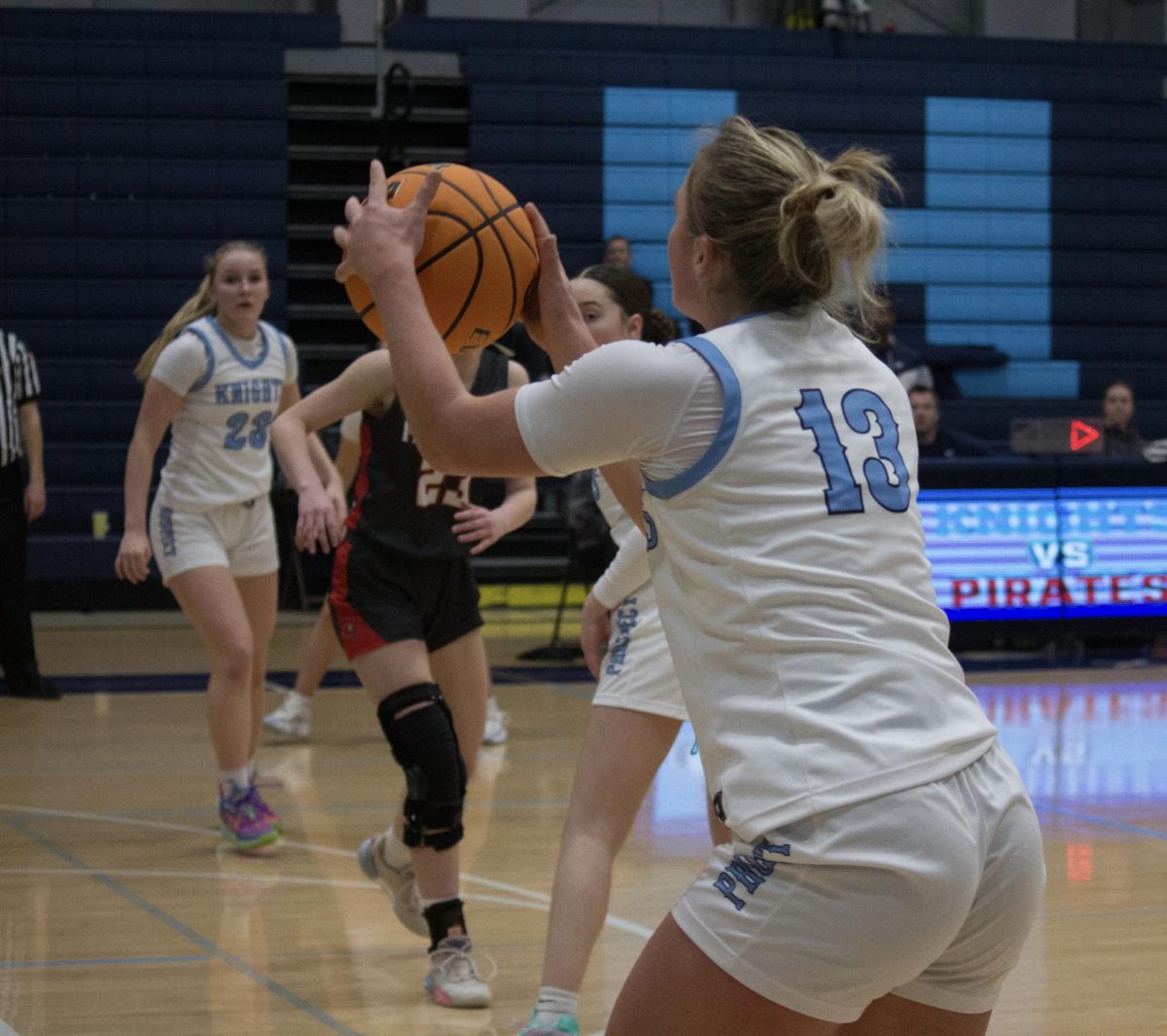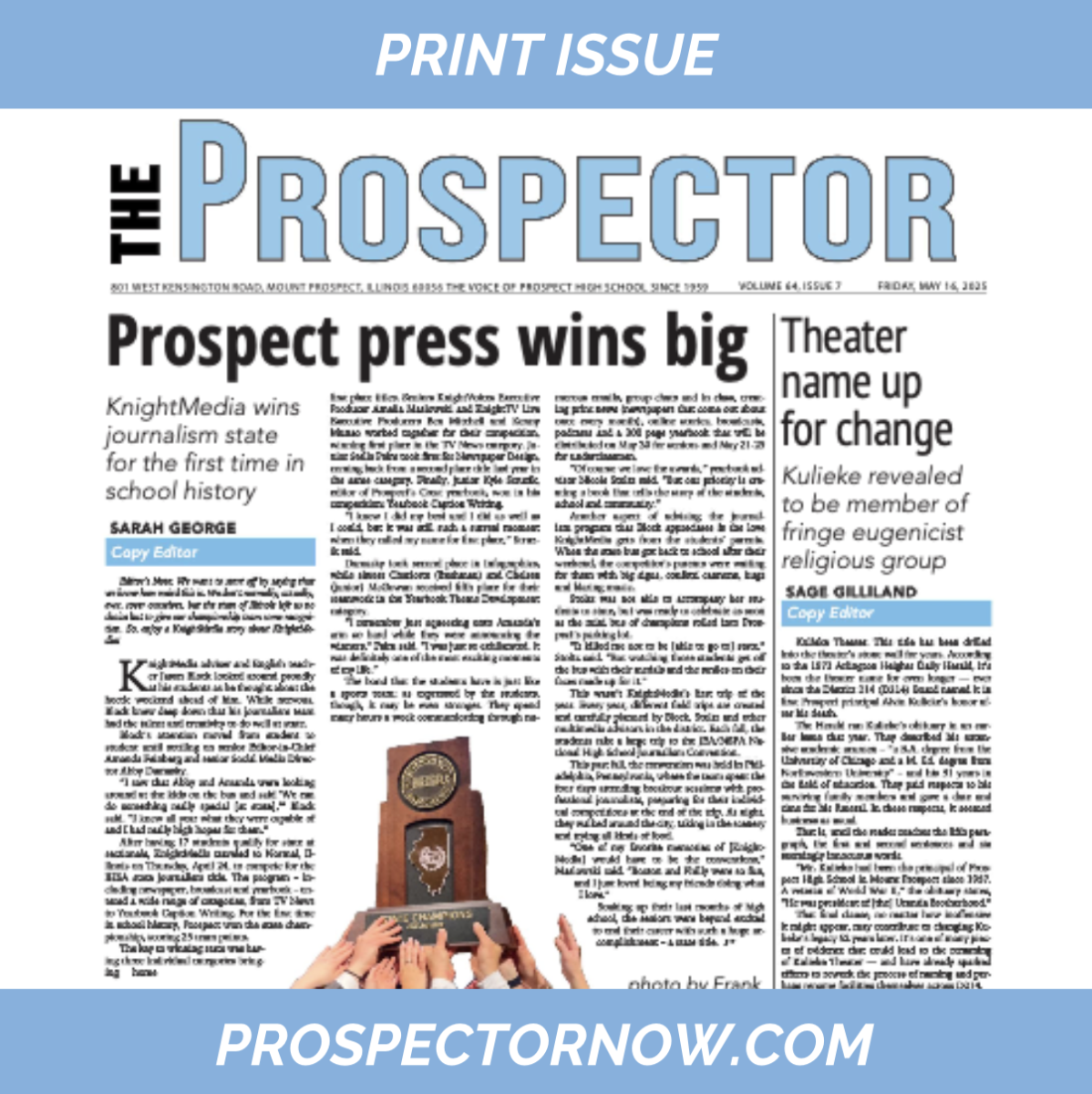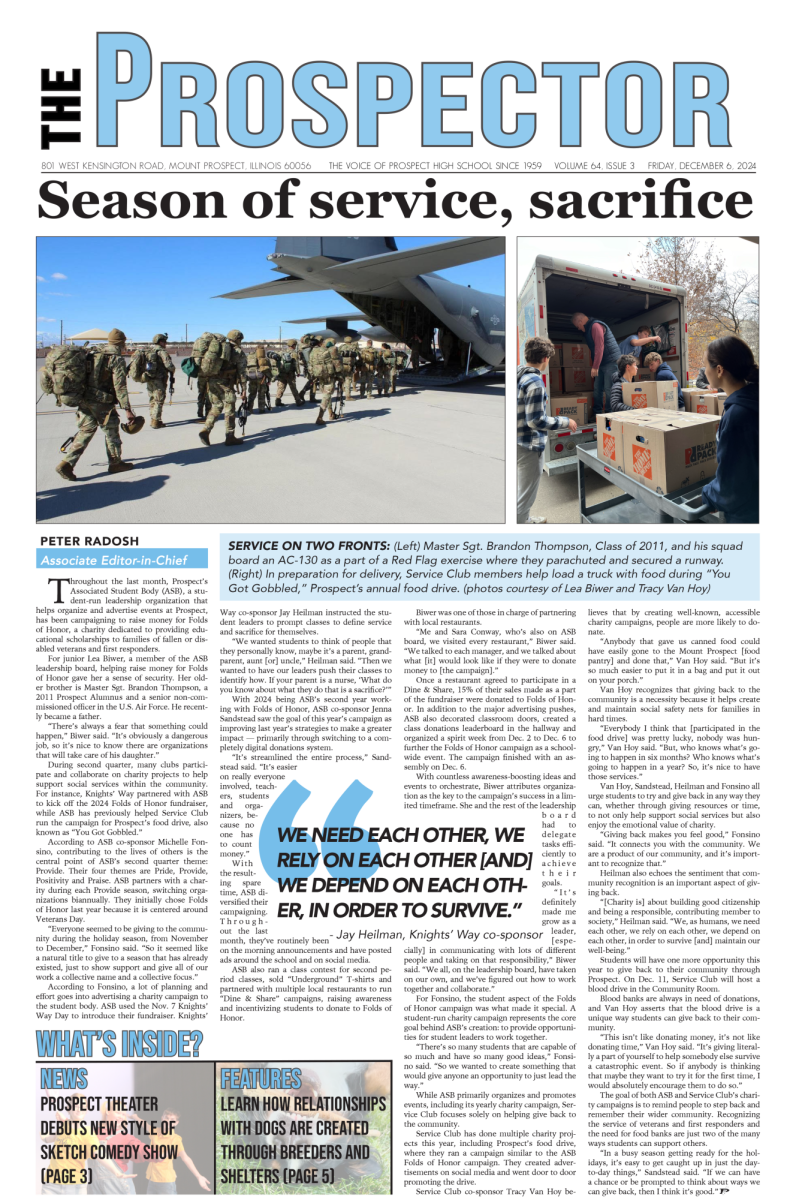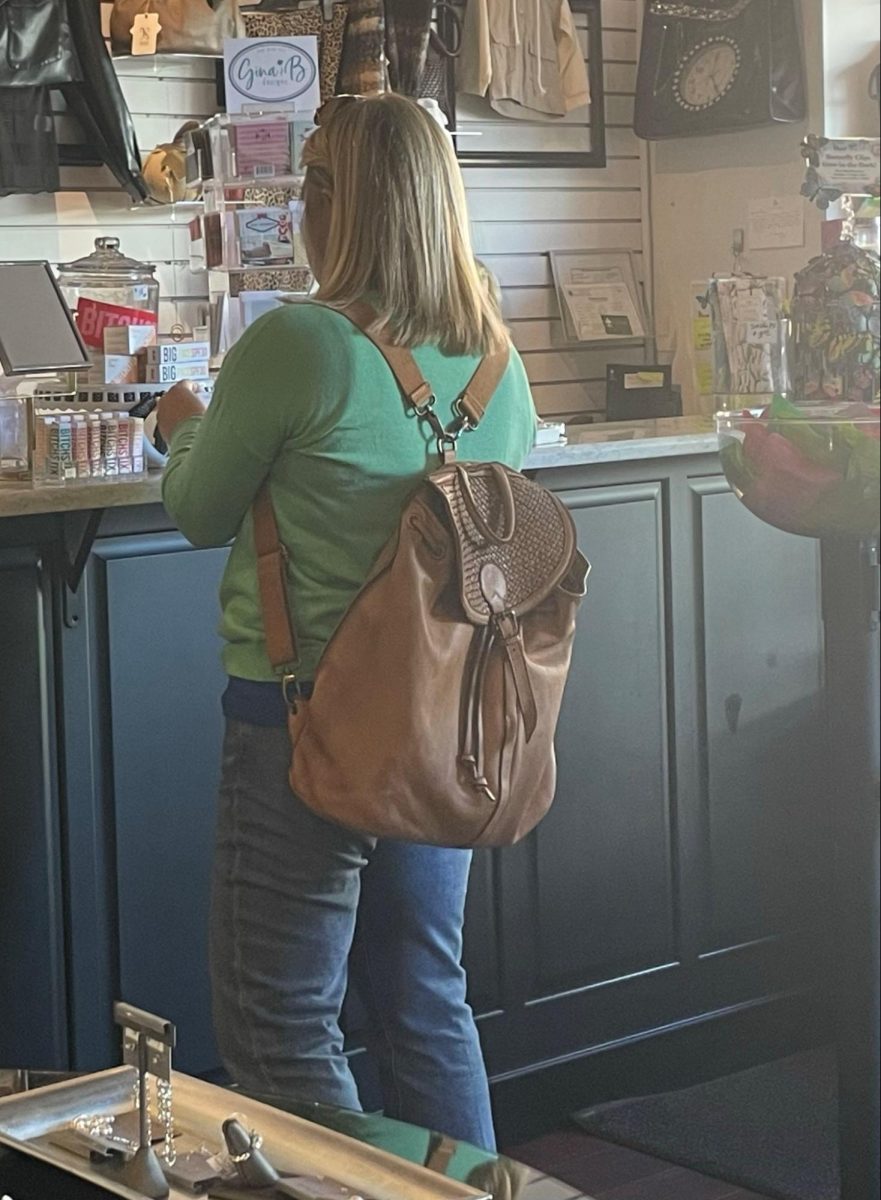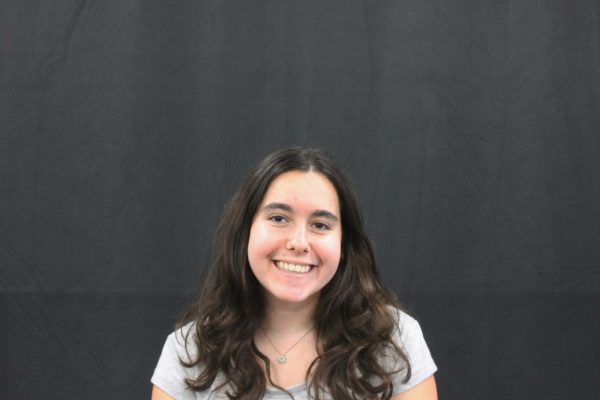As senior Clarissa Notini opened up her TikTok in 2020, the aesthetic of overly saturated pictures of people wearing “mom jeans”, bright colored tops and lots of eyeliner caught her eye.
The trend interested her since it was something different than the classic sweatpants and sweatshirt, so she decided to try it for herself in the spring to fall of 2020. With colored beads on her shoelaces, mom jeans and crop top on and monster energy drink can in hand, Notini was part of the indie style micro fashion trend.
“At the time it was really fun to get into fashion because it was something I had never done,” Notini said. “Looking back, I just don’t really like the style that much… it was definitely something that let me get into fashion more… I’m grateful for that.”
People use clothes to fit in and feel a sense of unity with their peers.
What about fashion trends that rise and fall so fast they don’t ever become a long lasting trend? This is called a micro fashion trend. According to an article from the Harvard Crimson website, a micro fashion trend is a very short lived fashion trend that dies down quickly or evolves into another trend
Notini recalls participating in the “indie” style fashion trend, which consists of big jeans and little tops. Notini has also done the Bella Swan, Elena Gilbert inspired low rise jeans, Henley top and Converse trends.
Notini believes that social media had a lot of influence on why she participated in these trends since that’s where she saw them take place the most. Psychology and US History teacher Katherine Miles also relates the popularity of all these micro fashion trends to social media, mainly TikTok, because people see a video and see something they want but then soon forget about it.
Miles explained that in the past, micro fashion trends didn’t gain popularity as fast because they couldn’t reach an audience as quickly as they can today with social media. It was harder to promote things and for people to see them as fast as they do online.
Notini uses TikTok, and it has made an impact on the way she dresses because of the visual appeal it has.
“It was just like Covid time,’’ Notini said. “I was doing online school, and I felt like I was just online so much, so I feel like I just latched on to what the Internet was doing cause that’s all I was seeing.”
These trends can be good and bad. Since so many people consume these trends via social media, more people want to copy others’ looks, which can decrease individuality. On the flip side, people are trying new styles and getting out of their comfort zone.
Notini thinks that these trends can be fun in the moment, but she doesn’t think people should spend all of their money on something that will only last a few months.
“ I wouldn’t commit to [the trends], unless you really are like ‘yeah I’m gonna dress like this for a while,’” Notini said.
Notini said this makes them more isolated trends since fewer people can be seen wearing them.
These trends, compared to trendy brands like Lululemon, don’t always make it to mainstream media.
But what’s the psychology behind micro fashion trends, and why are they so appealing anyway? Miles explains this like a reward system to our brain and explains how we always chase the next trend for happiness.
“When we’re experiencing something for the first time, we see those new trends,” said Miles. “It’s like, I want to be a part of that and then there’s just another trend and it gives [us] that quick pleasure.”
When people buy things for micro fashion trends like mom jeans, shoes like Nikes Blazers or the Puca shell necklace when it was popular, they feel like they fit in, which brings comfort, and as Miles said, raises our endorphin and serotonin levels.
“The next “big thing” involved shininess and newness, and it brings us pleasure to have new things,” Miles said. We like that feeling, so we do what we can to feel it again.”
Miles has noticed that micro fashion and fashion in general correlates with confidence and how people feel about themselves.
“When you feel good in your clothes and like how you look, you just feel more confident,” Miles said. “And I can definitely say when I put together an outfit and I feel really good in it, I feel more confident.”
Microfashion trends can take shape so quickly because of something called fast fashion. Fast fashion occurs when more affordable companies produce things that are at high demand, but make them fast and cheap as well as in bulk.
Fast fashion can be harmful to the environment because of waste, as well as to employees because they aren’t always producing products under the best working conditions.
A La Mode Collections, an Arlington Heights small business, thrives on slow fashion methods, which is, according to one of main buyers and manager of the store, Christina Bellizzi, more handmade items and things that are not bought in bulk.
“Let’s say a bigger store like Zara, they will have hundreds of the same top where we get a pack of six, literally two of each size and once it’s gone, it’s gone,” Bellizzi said.
Even though A La Mode Collections is a small business, they still try to keep up with what is trending, just in a more sustainable way.
“I think people drive everything, so where your dollar goes really matters,” Bellizzi said. “We love partnering with local non profits; we hire local women- we’re all just one circle, so as much as you can help your own local community, it stems and dominoes into the world.”
Bellizzi, being the main buyer for the store, has even bought into some micro fashion trends like mesh fabrics, cargo skirts and pants, and snake skin. They include some of these trends into the store without basing the entire store off them. It can be hard to cater to everyone’s aesthetic when not ordering in bulk, but A La Mode Collections manages.
“One of the things I love about our boutiques is that we don’t really have one aesthetic,” Bellizzi said.“We always joke here that you could come here with your grandma, your mom, your sister, and like all three of you will be able to find something which is great because we cater to everyone.”



